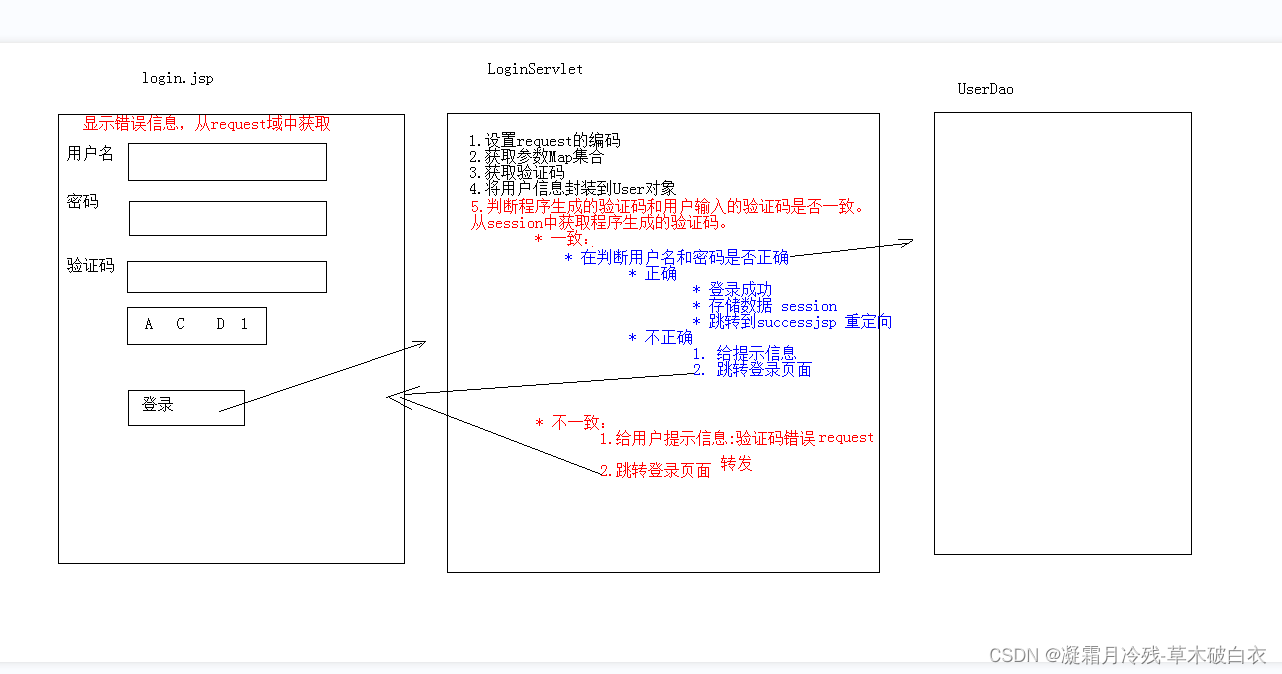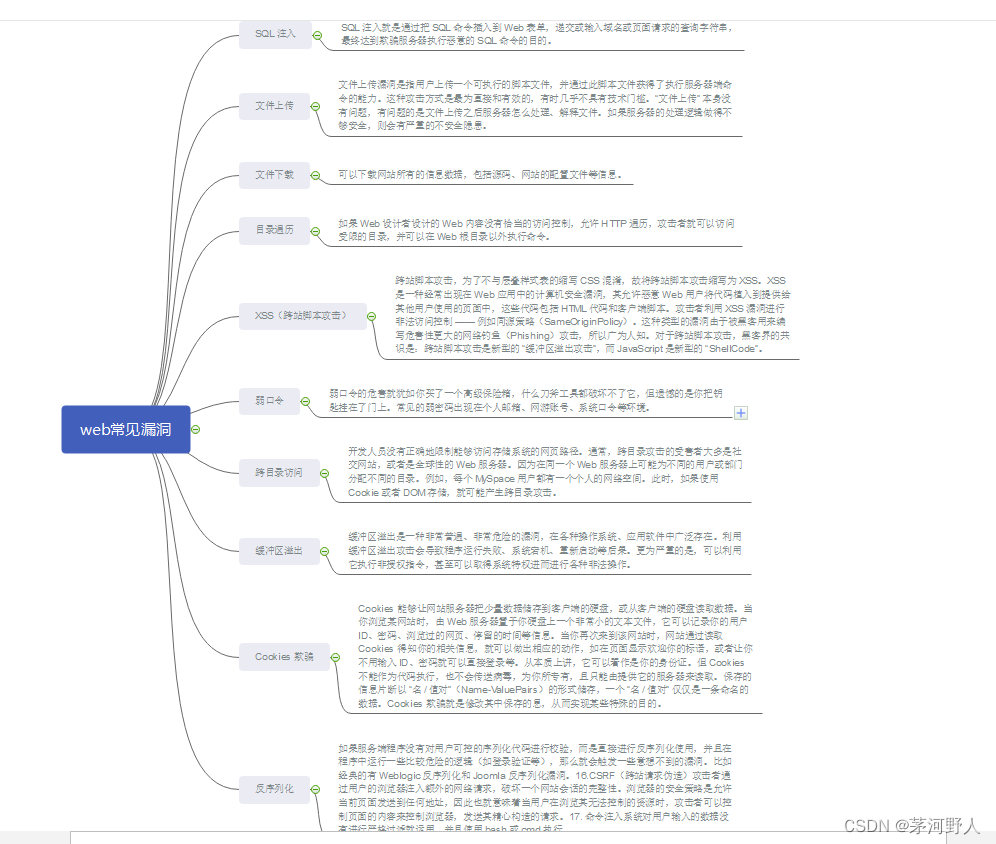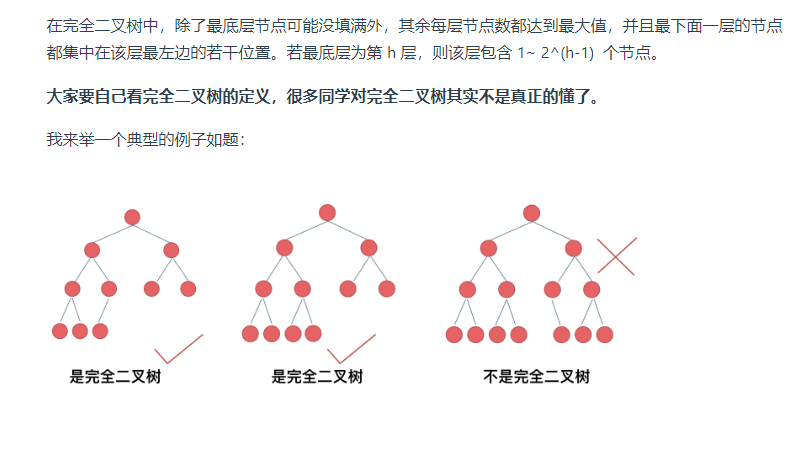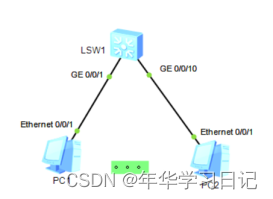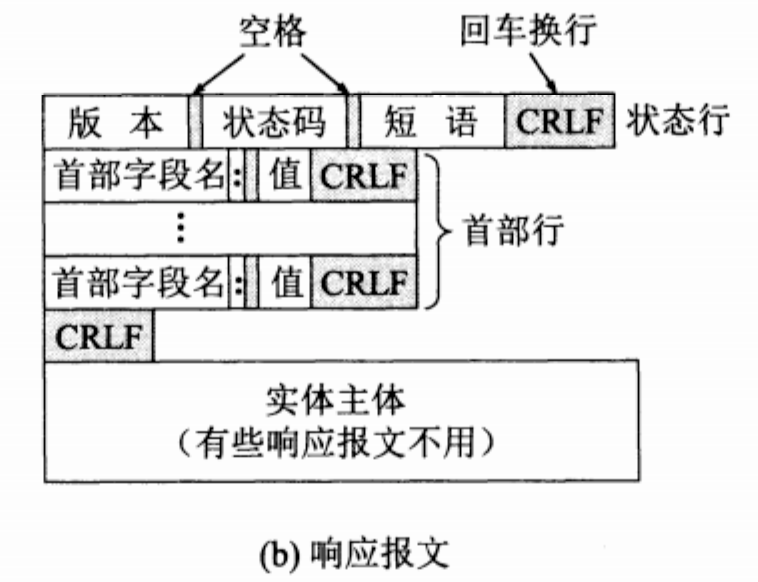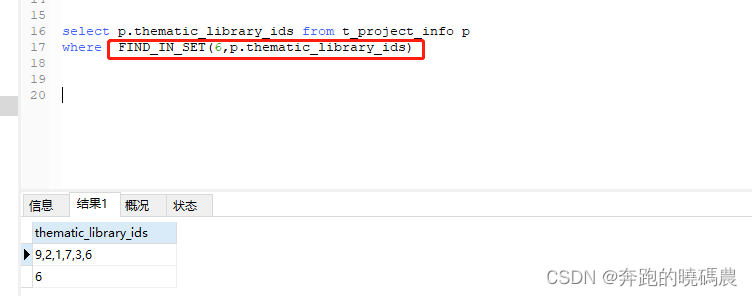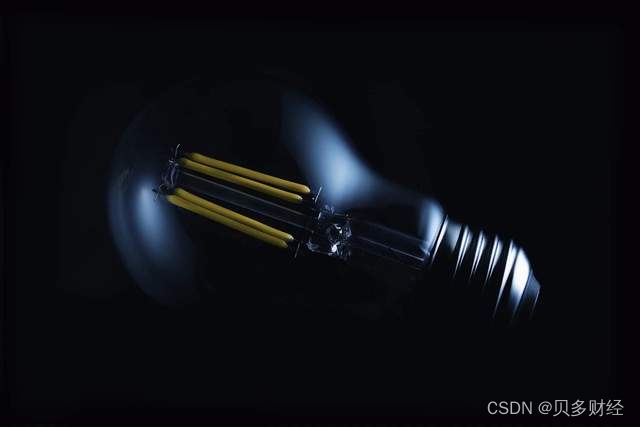文章目录
- 前言
- 一、数据集调用
- 二、Tensorflow1.x
- 1.单隐藏层
- 2.模型保存与调用
- 三、Tensorflow2.x
- 1.全连接层类
- 2.keras建模
- 总结
前言
对TensorFlow笔记之单神经元完成多分类任务进行修改,在tf1.x与tf2.x中使用神经网络完成手写体数字识别多分类任务。
一、数据集调用
数据集调用与预处理和上一篇完全相同
#数据集调用,在tensorflow2.x中调用数据集
import tensorflow as tf2
import matplotlib.pyplot as plt
import numpy as np
mnist = tf2.keras.datasets.mnist
(x_train, y_train), (x_test, y_test) = mnist.load_data()
#维度转换,灰度值归一化,标签独热编码
x_train = x_train.reshape((-1, 784))
x_train = tf2.cast(x_train/255.0, tf2.float32)
x_test = x_test.reshape((-1, 784))
x_test = tf2.cast(x_test/255.0, tf2.float32)
y_train = tf2.one_hot(y_train, depth=10)
y_test = tf2.one_hot(y_test, depth=10)
#训练集训练模型,验证集调整超参数,测试集测试模型效果
#训练集60000个样本,取5000个样本作为验证集;测试集10000个样本
x_valid, y_valid = x_train[55000:], y_train[55000:]
x_train, y_train = x_train[:55000], y_train[:55000]
#显示16张图片
def show(images, labels, preds):
fig1 = plt.figure(1, figsize=(12, 12))
for i in range(16):
ax = fig1.add_subplot(4, 4, i+1)
ax.imshow(images[i].reshape(28, 28), cmap='binary')
label = np.argmax(labels[i])
pred = np.argmax(preds[i])
title = 'label:%d,pred:%d' % (label, pred)
ax.set_title(title)
ax.set_xticks([])
ax.set_yticks([])
二、Tensorflow1.x
1.单隐藏层
定义模型
增加一组权值作为隐藏层参数
输出层不进行softmax
使用截断正态分布减小随机权值的偏离程度
import tensorflow.compat.v1 as tf
from sklearn.utils import shuffle
from time import time
tf.disable_eager_execution()
with tf.name_scope('Model'):
x = tf.placeholder(tf.float32, [None, 784], name='X')
y = tf.placeholder(tf.float32, [None, 10], name='Y')
#隐藏层
with tf.name_scope('Hide'):
h1_nn = 256
#截断正态分布
w1 = tf.Variable(\
tf.truncated_normal((784, h1_nn), stddev=0.1), name='W1')
b1 = tf.Variable(tf.zeros((h1_nn)), name='B1')
y1 = tf.nn.relu(tf.matmul(x, w1) + b1)
#输出层
with tf.name_scope('Output'):
w2 = tf.Variable(\
tf.truncated_normal((h1_nn, 10), stddev=0.1), name='W2')
b2 = tf.Variable(tf.zeros((10)), name='B2')
pred = tf.matmul(y1, w2) + b2
训练模型
使用结合softmax的损失函数,避免损失值过大
#训练参数
train_epoch = 10
learning_rate = 0.1
batch_size = 1000
batch_num = x_train.shape[0] // batch_size
#损失函数与准确率
step = 0
display_step = 5
loss_list = []
acc_list = []
#结合softmax的损失函数
loss_function = tf.reduce_mean(\
tf.nn.softmax_cross_entropy_with_logits(\
logits=pred, labels=y))
equal = tf.equal(tf.argmax(y, axis=1), tf.argmax(pred, axis=1))
accuracy = tf.reduce_mean(tf.cast(equal, tf.float32))
#优化器
optimizer = tf.train.AdamOptimizer(learning_rate).minimize(loss_function)
#变量初始化
init = tf.global_variables_initializer()
with tf.Session() as sess:
sess.run(init)
#tf转为numpy
x_train = sess.run(x_train)
x_valid = sess.run(x_valid)
x_test = sess.run(x_test)
y_train = sess.run(y_train)
y_valid = sess.run(y_valid)
y_test = sess.run(y_test)
迭代训练
使用time()记录训练时间
start_time = time()
for epoch in range(train_epoch):
print('epoch:%d' % epoch)
for batch in range(batch_num):
xi = x_train[batch*batch_size:(batch+1)*batch_size]
yi = y_train[batch*batch_size:(batch+1)*batch_size]
sess.run(optimizer, feed_dict={x:xi, y:yi})
step = step + 1
if step % display_step == 0:
loss, acc = sess.run([loss_function, accuracy],\
feed_dict={x:x_valid, y:y_valid})
loss_list.append(loss)
acc_list.append(acc)
#打乱顺序
x_train, y_train = shuffle(x_train, y_train)
结果可视化
end_time = time()
y_pred, equ_list, acc = sess.run([pred, equal, accuracy],\
feed_dict={x:x_test, y:y_test})
fig2 = plt.figure(2, figsize=(12, 6))
ax = fig2.add_subplot(1, 2, 1)
ax.plot(loss_list, 'r-')
ax.set_title('loss')
ax = fig2.add_subplot(1, 2, 2)
ax.plot(acc_list, 'b-')
ax.set_title('acc')
print('用时%.1fs' % (end_time - start_time))
print('Accuracy:{:.2%}'.format(acc))
#展示预测错误的图片
err_list = [ not equ for equ in equ_list]
show(x_test[err_list], y_test[err_list], y_pred[err_list])
准确率比使用单神经元有所提高

预测错误的图片

2.模型保存与调用
设置检查点目录
import os
ckpt_dir = './ckpt_dir/'
if not os.path.exists(ckpt_dir):
os.makedirs(ckpt_dir)
不保存使用Adam优化器时产生的权重
vl = [v for v in tf.global_variables() if 'Adam' not in v.name]
saver = tf.train.Saver(var_list=vl)
每轮过后保存模型
for epoch in range(train_epoch):
saver.save(sess, os.path.join(ckpt_dir,\
'mnist_model_%d.ckpt' % (epoch+1)))
训练结束后保存模型
saver.save(sess, os.path.join(ckpt_dir,\
'mnist_model.ckpt'))
保留最近5份文件,文件较大,保存时间也较长

调用模型
from tensorflow.python.tools.inspect_checkpoint import print_tensors_in_checkpoint_file
with tf.Session() as sess:
ckpt_dir = './ckpt_dir/'
saver = tf.train.Saver()
#获取最新检查点
ckpt = tf.train.get_checkpoint_state(ckpt_dir)
#打印权重信息
print_tensors_in_checkpoint_file(ckpt.model_checkpoint_path,\
tensor_name=None, all_tensors=True, all_tensor_names=True)
#恢复模型
saver.restore(sess, ckpt.model_checkpoint_path)
保存的模型里有两组权重Model与Model_1,分别为初始化时的权重与优化后的权重:
但在此Model为训练后的权重

Model_1为初始化时的权重

如果准确率过低,可能是用的初始化时的权重,需要将模型名称改为Model_1。模型保存后需要退出当前控制台再进行调用,否则可能会报错。
with tf.name_scope('Model_1'):
结果与训练后的一致

三、Tensorflow2.x
1.全连接层类
定义模型
import tensorflow as tf
from sklearn.utils import shuffle
from time import time
#全连接层
class fcn_layer():
def __init__(self, input_dim, output_dim):
self.w = tf.Variable(tf.random.truncated_normal(\
(input_dim, output_dim), stddev=0.1), tf.float32)
self.b = tf.Variable(tf.zeros(output_dim), tf.float32)
def cal(self, inputs, activation=None):
y = tf.matmul(inputs, self.w) + self.b
if activation != None:
y = activation(y)
return y
三层神经网络256x64x32
hide_1 = fcn_layer(784, 256)
hide_2 = fcn_layer(256, 64)
hide_3 = fcn_layer(64, 32)
out = fcn_layer(32, 10)
def model(x):
y1 = hide_1.cal(x, tf.nn.relu)
y2 = hide_2.cal(y1, tf.nn.relu)
y3 = hide_3.cal(y2, tf.nn.relu)
y4 = out.cal(y3, tf.nn.softmax)
return y4
损失函数与准确率
#损失函数
def loss_function(x, y):
pred = model(x)
loss = tf.keras.losses.categorical_crossentropy(\
y_true=y, y_pred=pred)
return tf.reduce_mean(loss)
#准确率
def accuracy(x, y):
pred = model(x)
acc = tf.equal(tf.argmax(y, axis=1), tf.argmax(pred, axis=1))
acc = tf.cast(acc, tf.float32)
return tf.reduce_mean(acc)
#梯度
def grad(x, y):
with tf.GradientTape() as tape:
loss = loss_function(x, y)
return tape.gradient(loss, w_list+b_list)
#待优化变量列表
w_list = [hide_1.w, hide_2.w, hide_3.w, out.w]
b_list = [hide_1.b, hide_2.b, hide_3.b, out.b]
训练模型
#训练参数
train_epoch = 10
learning_rate = 0.01
batch_size = 1000
batch_num = x_train.shape[0] // batch_size
#展示间隔
step = 0
display_step = 5
loss_list = []
acc_list = []
#Adam优化器
optimizer = tf.keras.optimizers.Adam(learning_rate)
迭代训练
start_time = time()
for epoch in range(train_epoch):
print('epoch:%d' % epoch)
for batch in range(batch_num):
xi = x_train[batch*batch_size: (batch+1)*batch_size]
yi = y_train[batch*batch_size: (batch+1)*batch_size]
grads = grad(xi, yi)
optimizer.apply_gradients(zip(grads, w_list+b_list))
step = step + 1
if step % display_step == 0:
loss_list.append(loss_function(x_valid, y_valid))
acc_list.append(accuracy(x_valid, y_valid))
#打乱顺序
x_train, y_train = shuffle(x_train.numpy(), y_train.numpy())
x_train = tf.cast(x_train, tf.float32)
y_train = tf.cast(y_train, tf.float32)
结果可视化
#验证集结果
end_time = time()
print('用时%.1fs' % (end_time - start_time))
fig2 = plt.figure(2, figsize=(12, 6))
ax = fig2.add_subplot(1, 2, 1)
ax.plot(loss_list, 'r-')
ax.set_title('loss')
ax = fig2.add_subplot(1, 2, 2)
ax.plot(acc_list, 'b-')
ax.set_title('acc')
#测试集结果
acc = accuracy(x_test, y_test)
print('Accuracy:{:.2%}'.format(acc))
y_pred = model(x_test)
show(x_test.numpy(), y_test, y_pred)
使用三层神经网络准确率进一步提升,训练时长也增长

2.keras建模
数据集调用
import tensorflow as tf
import matplotlib.pyplot as plt
from time import time
mnist = tf.keras.datasets.mnist
(x_train, y_train), (x_test, y_test) = mnist.load_data()
维度转换在flatten层进行,标签直接采用整数,只需要进行灰度值归一化,在此不需要进行验证集划分。
x_train = tf.cast(x_train/255.0, tf.float32)
x_test = tf.cast(x_test/255.0, tf.float32)
显示16张图片
def show(images, labels, preds):
fig1 = plt.figure(1, figsize=(12, 12))
for i in range(16):
ax = fig1.add_subplot(4, 4, i+1)
ax.imshow(images[i].reshape(28, 28), cmap='binary')
title = 'label:%d,pred:%d' % (labels[i], preds[i])
ax.set_title(title)
ax.set_xticks([])
ax.set_yticks([])
创建模型
model = tf.keras.models.Sequential()
添加层
model.add(tf.keras.layers.Flatten(input_shape=(28,28)))
model.add(tf.keras.layers.Dense(units=256,\
kernel_initializer='normal', activation='relu'))
model.add(tf.keras.layers.Dense(units=64,\
kernel_initializer='normal', activation='relu'))
model.add(tf.keras.layers.Dense(units=32,\
kernel_initializer='normal', activation='relu'))
model.add(tf.keras.layers.Dense(units=10,\
kernel_initializer='normal', activation='softmax'))
模型摘要
model.summary()

训练模式
#整数类型作标签
model.compile(optimizer='adam',\
loss='sparse_categorical_crossentropy',\
metrics=['accuracy'])
训练模型
#学习率自动调节,输出进度条日志
start_time = time()
history = model.fit(x_train, y_train,\
validation_split=0.2, epochs=10, batch_size=1000,\
verbose=1)
end_time = time()
print('用时%.1fs' % (end_time-start_time))
history.history:字典类型数据,包含loss,accuracy,val_loss,val_accuracy
fig2 = plt.figure(2, figsize=(12, 6))
ax = fig2.add_subplot(1, 2, 1)
ax.plot(history.history['val_loss'], 'r-')
ax.set_title('loss')
ax = fig2.add_subplot(1, 2, 2)
ax.plot(history.history['val_accuracy'], 'b-')
ax.set_title('acc')

模型评估
test_loss, test_acc = model.evaluate(x_train, y_train, verbose=1)
print('Loss:%.2f' % test_loss)
print('Accuracy:{:.2%}'.format(test_acc))
使用keras的训练时间较短,模型准确率也有提升空间。

模型预测
#分类预测
preds = model.predict_classes(x_test)
show(x_test.numpy(), y_test, preds)

总结
一层神经网络包含多个神经元,输入数据维度对应于隐藏层权重的第一维度,神经元个数对应于隐藏层权重的第二维度,输出层将隐藏层输出转化为预测值维度。
在模型保存和加载时,可能出现权重名称不对应的情况,可将权重打印出来进行对照修改。
通过定义全连接层类可以省去定义多层神经网络时的重复操作,多层网络的参数较多,训练时间较长,对模型的表达能力更强,但准确率不一定更高,还需适当调节训练参数。
使用keras可以方便地定义模型、进行训练与评估,可以在内部进行维度变换和独热编码等操作,训练时间也较短。
